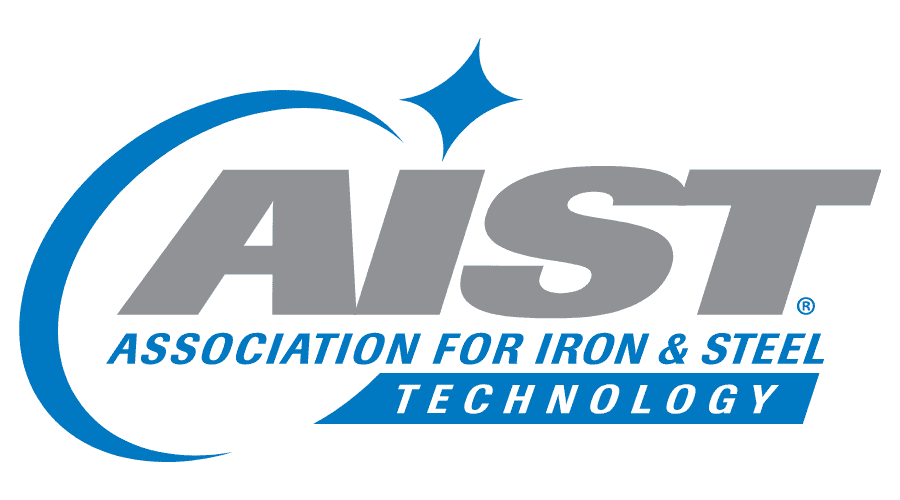Building Blocks for Successful Construction Management: Pre-construction Phases
As experienced construction managers retire, it's vital to attract and educate quality professionals. VPO's AEC 101 series helps your team succeed. Learn about the pre-construction phases of a project!
Every construction project is unique, but projects do share some commonalities. All construction projects can be broken into phases: Pre-design, Design, Procurement, Construction & Monitoring, and Post-construction.
In conversation with VPO, construction project management expert Dominick DeSalvo familiarizes new construction managers with the pre-construction phases of a project. This article is part of our series, AEC 101: Building Blocks for Successful Construction Management. VPO partner Dominick DeSalvo, an accomplished Senior Executive, Advisor, and thought leader with more than 50 years of success across construction, building materials, and engineering industries, generously shares his vast knowledge and experience with folks who are new to construction management.
This article is part of our series, AEC 101: Building Blocks for Successful Construction Management. VPO partner Dominick DeSalvo, an accomplished Senior Executive, Advisor, and thought leader with more than 50 years of success across construction, building materials, and engineering industries, generously shares his vast knowledge and experience with folks who are new to construction management.
"I do a lot of training at this point in my career because I'm trying to pass on some of the lessons I've learned," says DeSalvo. "My attitude is: there's no sense in your making the same mistakes I did. It's just that simple. I tell everybody that this isn't rocket science, but it is a complicated business and there's a lot of moving parts--and they all have to fit together. I'm here to help."
Table of Contents
1. Pre-design Phase
Pre-design is what Dominick DeSalvo calls, "the thinking part of a project. Studies, analysis. . .the good, the bad, and the ugly." It's a project's initial planning stage, involving foundational work like establishing project goals. This phase includes feasibility studies, programming, site selection, cost and value engineering, site analysis (such as geotechnical reports, hydrology, surveys, and hazardous material assessments), and more. Construction teams can streamline this phase by using a comprehensive Pre-design template.
Programming involves determining the needs and functionality of the facility being constructed. What's it going to 'do' once it's built? This includes considerations for commercial, institutional, and industrial projects. Cost estimates for construction are conceptual during the Pre-design phase, and can vary by ±30 to 50%. Value engineering aims to reduce costs while maintaining functionality.
Including contingencies in project budgets is essential--especially during the Pre-design phase, when estimates are less precise. Monitoring and controlling usage of that contingency can make or break a project budget.
It's important to involve project owners, architects, engineers, and contractors--all stakeholders--in the Pre-design phase, to ensure that all aspects of the project are considered thoroughly, and to avoid potential issues. Ideally a program manager sets up remote collaboration tools for the team, so that stakeholders can communicate asynchronously and share information with efficiency--and without the need for constant travel.
Typically the project owner determines programming. Usually the contractor takes the lead on construction and cost analysis. The engineer and the architect collaborate on heading up value engineering. A program manager brings it all together and keeps everybody on the same page. This way, nobody goes down a path that isn't going to work. If there's an issue in Pre-design, the sooner everybody knows about it, the better. Having an easy and secure way of exchanging information as a team is crucial for success.
Project viability must be determined during the Pre-design phase. Many projects do not progress past this stage due to various factors such as budget constraints and site limitations.
Thorough documentation during the Pre-design phase is vital as this information can be crucial not just for making a project successful, but also for providing support in the event of a dispute or claim. Using a software solution with features like document libraries, ball-in-court tracking, and secure access for authorized users, can help a team carefully follow, route, and store this information.
Including contingencies, of sometimes 30-50%, in project budgets is essential--especially during the Pre-design phase, when estimates are less precise. The project team must then monitor contingency usage, leaving an audit trail which documents any escalation.
The Pre-design phase of a project can often take one or two years of deliberate collaboration and planning. And according to DeSalvo, "If you don't have that information in one, central location, organized, online, then it becomes just a nightmare to keep track of all the pieces."
Often, a project doesn't advance beyond Pre-design. "You're throwing all this information in, and when it comes out at the bottom--does it make sense to build this or not? There are a lot of projects that never get past this phase because they can't pass that test."
2. Design Phase
In the Design phase, the program manager is leading the team in developing drawings, specifications, and blueprints for the project. There could be plan drawings (top view), sectional drawings (side view), detailed drawings, general arrangement drawings, isometrics, shop drawings, etc. The program manager will guide the core group in creating all construction documents, drawings, and specifications, and making them available to the right people at the right times.
The project's design professional provides materials to the owner, or owner's representative, so that they can do the design review. Back when the sharing of construction documents required the printing and shipping of these materials, each step in the review process could take months. Now that project teams can use digital methods for sharing drawings and other documents, the turnaround time for reviews and approvals can be cut down from months to just days--but only when everyone stays on top of whose turn it is, to do what. A software solution's Ball-in-Court function can help to keep everybody on track, and to leave an audit trail of any hold-ups.
3. Procurement Phase
The Procurement phase is when the project team works on acquiring the necessary materials and equipment, and hiring all the contractors needed for construction. Procurement often takes place via a bidding process.
The team creates a bid package, and then bidders submit proposals. There must be a secure, efficient process and "place" for giving potential bidders the information they'll need in order to create and submit their bids. It's important that all bidders have the same instructions, but also that their bids have privacy from the eyes of competitors.
It's vital that all bidding and contract documentation is detailed and clear, so that everyone knows who's responsible for what, and under what conditions, and by when.
Concluding Remarks Often the most labor- and time-intensive phases of a construction project don't appear to involve construction at all.
Often the most labor- and time-intensive phases of a construction project don't appear to involve construction at all.
Careful and thorough thinking is essential to successful planning, scheduling, and budgeting.
Front-loading your construction project team's effort pays off--and not just with respect to time and money. Collaborating in a unified, secure, efficient, and considerate way can help your project team move through the Construction & Monitoring and Post-construction phases on budget, on schedule--and on good terms.
Liked this post? It’s part of VPO's series, AEC 101: Building Blocks for Successful Construction Management. VPO partner Dominick DeSalvo, an accomplished Senior Executive, Advisor, and Thought Leader with more than 50 years of success across construction, building materials, and engineering industries, generously shares his vast knowledge and experience with folks who are new to construction management.
DeSalvo’s broad areas of expertise in architecture, engineering, and construction include project management, contract negotiation, cost control, procurement, training, and operations management. Having earned the degree of Bachelor of Science in Civil and Environmental Engineering from Clarkson University, Dominick serves as Chief Executive Officer & President of DeSalvo Enterprises, Inc., where he works as a Project and Construction Manager on projects ranging from $100K to $1B. He also served as Founder & Chief Operations Officer of D&L, Inc., which ranked among the 100 largest CM Firms for Fee per Engineering News Record (ENR).
We’re glad to offer our readers the opportunity to benefit from Dom’s interest in giving back to our industry by teaching--which includes his 18 years as a Construction Management instructor at Community College of Allegheny County (CCAC).







